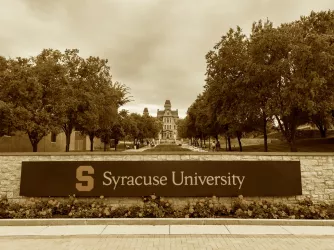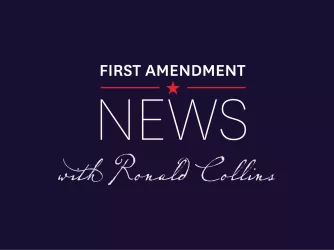Table of Contents
A Follow-Up on Racial Harassment at IUPUI
Our coverage of Keith Sampson's unbelievable case at Indiana University - Purdue University Indianapolis (IUPUI) appears to have generated a lot of discussion, in places such as Concurring Opinions, the Volokh Conspiracy, and Workplace Prof Blog. Unsurprising, as Sampson's case represents a mind-boggling misapplication of workplace harassment law, and at a public university no less.
Essentially, a co-worker charged Sampson with racial harassment for reading a book which provides a historical account of a street fight in 1924 between University of Notre Dame students and members of the Ku Klux Klan. Despite the fact that Sampson only read the book in the break room during his time off the clock, while drawing no attention to himself, IUPUI's Affirmative Action Office (AAO) ordered him to refrain from reading the book in the presence of his co-workers and to sit apart from them whenever reading it. Moreover, the AAO concluded its investigation of the matter without giving Sampson an opportunity to defend himself or face his accusers.
FIRE is pleased to report that, subsequent to the November 25, 2007 letter in which it admonished Sampson for his "conduct" towards co-workers and imposed the sanctions mentioned above, the AAO backtracked from its initial stance. A reader on the Workplace Prof Blog posted a link yesterday to a second letter sent by the AAO last month to Sampson, in which it clarified that there is "no University policy that prohibits reading such materials on break time" and that "you are permitted to read such materials during appropriate times."
This second letter, dated February 7, 2008, represents a welcome change in position on the part of the AAO. However, the AAO still does not get it quite right in distinguishing between conduct which rises to the level of actionable workplace racial harassment and what actually took place in this case:
It was the perception of your co-workers that you were engaging in conduct for the purpose of creating a hostile environment of antagonism. Your perception was that you were reading a scholarly work during break time, and should be permitted to do so whether or not the subject matter is of concern to your coworkers.
...Of course, if the conduct was intended to cause disruption to the work environment, such behavior would be subject to action by the University. However, because I cannot draw any final conclusion in this instance, no such adverse disciplinary action has been or will be taken in connection with the circumstances at hand.
It is no doubt a positive development that Sampson will not face any further reprimand for reading his book in the break room. At the same time, there is no recognition in this letter that the mere act of reading a book, without directing any conduct (let alone sufficiently "severe or pervasive" conduct) towards others, does not come close to the legal definition of workplace harassment: conduct which is "sufficiently severe or pervasive to alter the conditions of [the victim's] employment and create an abusive working environment." Instead, the letter seems to leave an open question as to whether one could construe Sampson's behavior as harassing. This is unacceptable in light of the clearly innocuous nature of his actions.
Moreover, the AAO has not acknowledged the fact that it erred in its initial handling of the matter by not allowing Sampson the opportunity to defend himself or face his accusers. It has not apologized for treating him so poorly. Rather, it appears that the AAO simply wants to sweep the matter under the rug and move on. Considering the fundamental liberties involved in this case, and the egregious manner in which Sampson was treated, the backtracking should not be that simple.
Recent Articles
FIRE’s award-winning Newsdesk covers the free speech news you need to stay informed.

From the UK to Germany to Singapore: Police are watching what you post

Wisconsin school district mulls unconstitutional ‘hate speech’ policy

A cartoon, a mustache, and a witch hunt: The perils of bias reporting at Syracuse University
